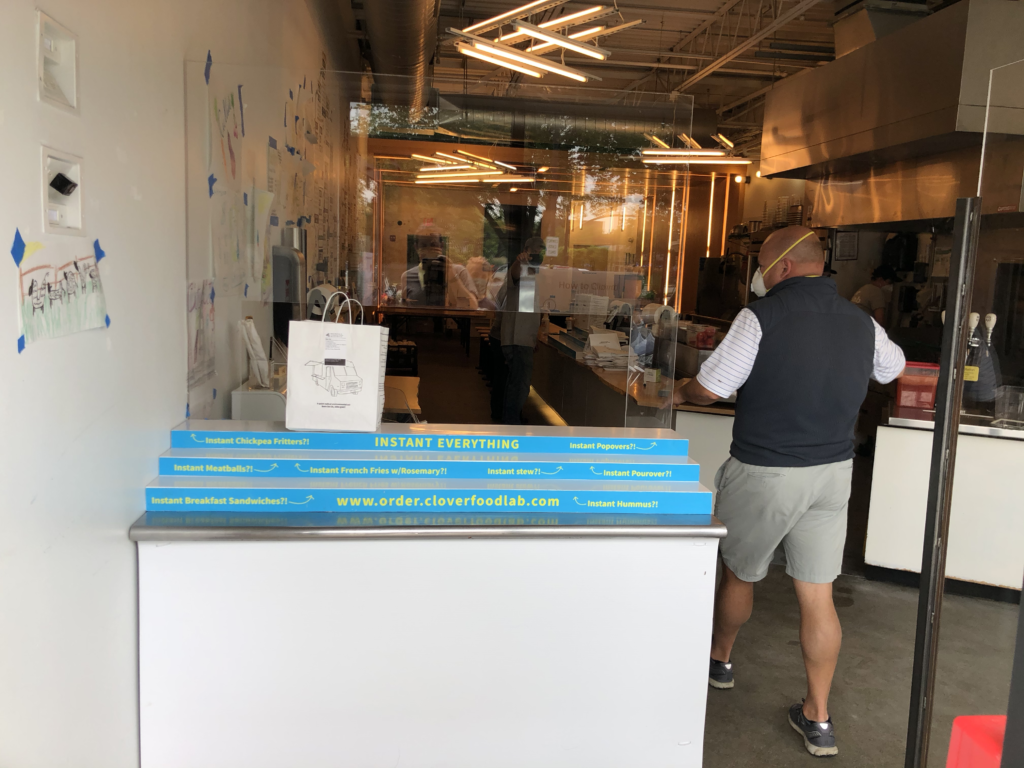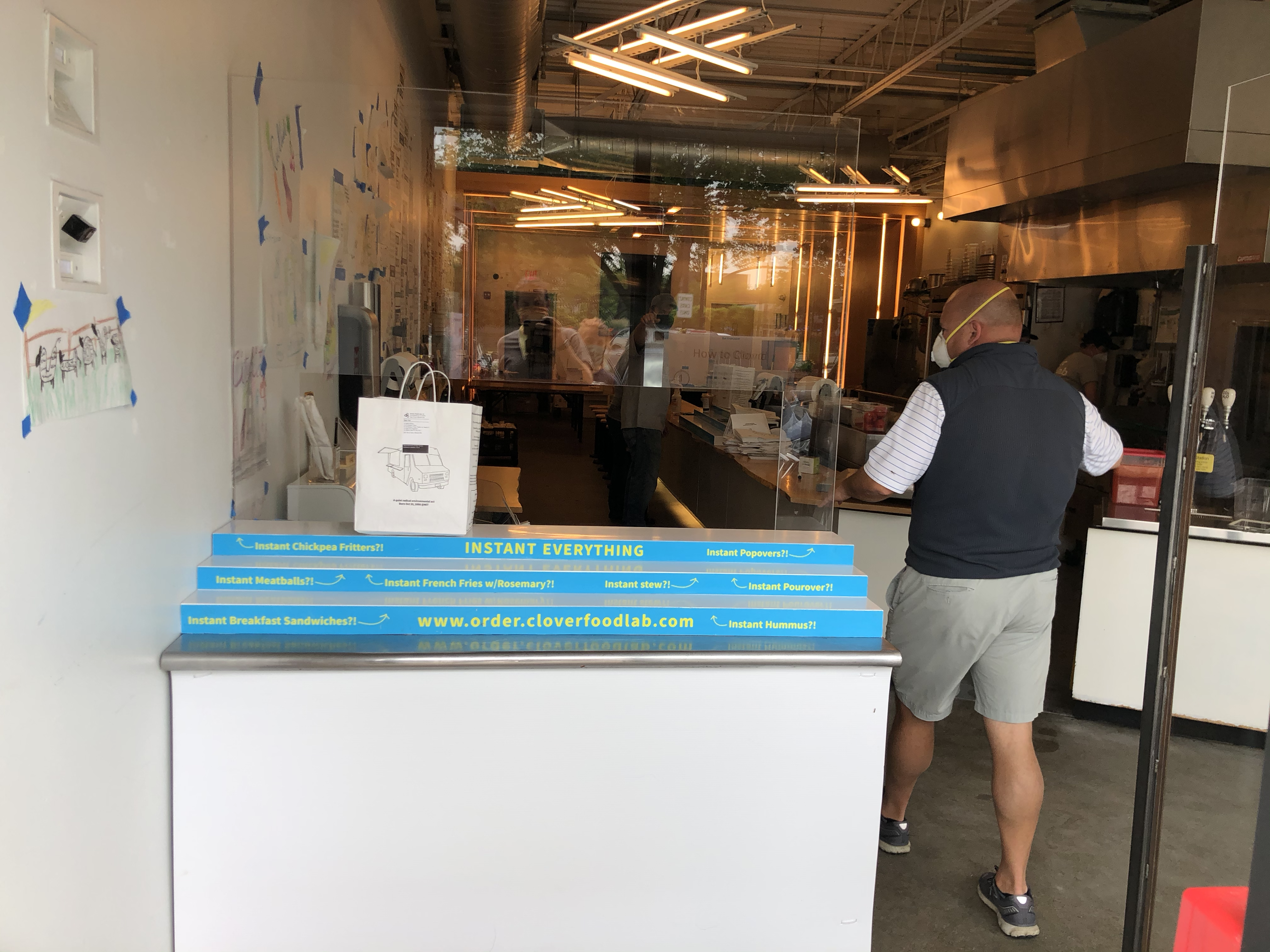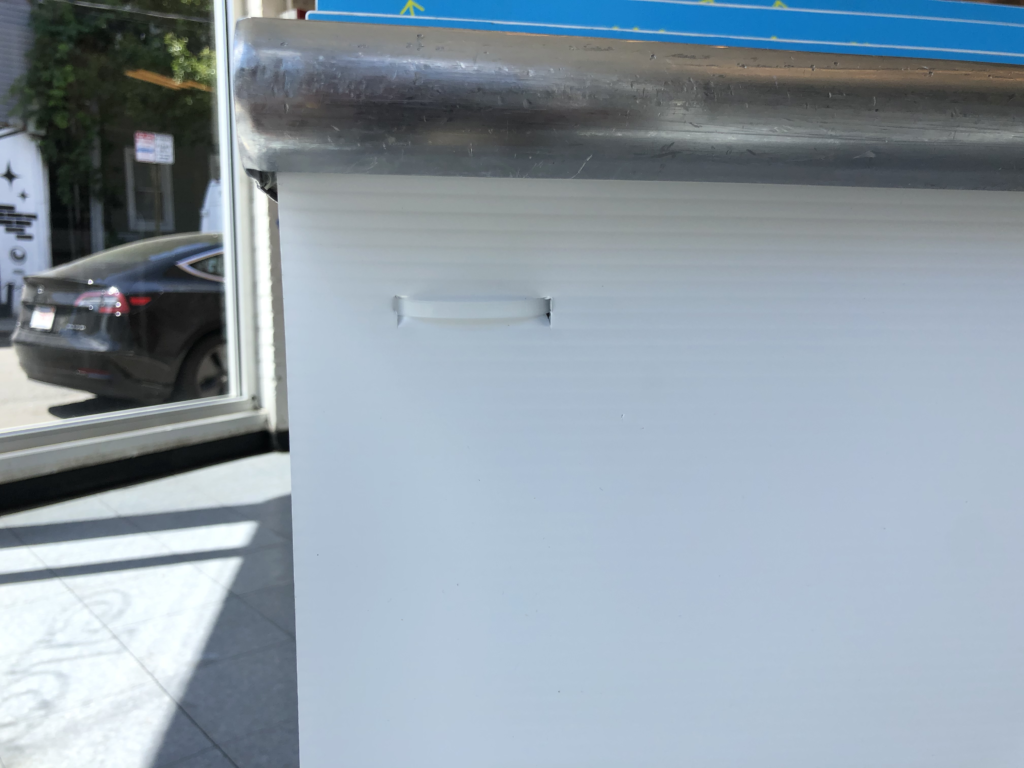
I’m going to start writing about some of the nitty gritty of re-opening. I’ll include plans in case anyone is doing the same thing and wants to use our plans.
First thing I’ve realized? It’s not re-opening at all. Instead we’re launching something new, shooting from the hip, without good guidance or experience. This is true for all restaurateurs right now.
- Physical layout — changed
- Customer flow — changed
- Menu presentations — changed
- Menu composition — changed
- Tech tools — changed
- Use of tech — changed
- Staffing schedule — changed
- Training and staff expectations — changed
- Regulations — changed
- Communicating to customers — changed
I realized this 2 weeks ago. “Re-opening” would be easy. We know how to do this. We’re professionals. But that’s not what we’re being asked to do.
We re-opened 3 restaurants last Monday (Burlington, East Cambridge, Kendall Square). We’re opening 2 more this week (Whole Foods Sudbury and Westford). And then 4 more this coming Monday (Longwood Medical Area, Copley Square, Central Square, Harvard Square).
We designed a customer flow that we think will minimize contact. I think we’ve done it really well. I don’t know a better example. And if you do please share.
We opted to open for pick-up only initially. No outdoor seating. Definitely no indoor seating. No delivery (more on that one in a future post).
There are 2 paths to pick-up your food:
(1) You arrive, stay in your car, on your bike, with your stroller etc. Hit a button on the app that says “I’m here.” And we bring your food out and place it in your trunk. No contact. Fast.
(2) You arrive. Our app tells you that your food is ready. 1 at a time you enter a little vestibule in our restaurant and pick up the bag with your name on it and you’re off. No contact. Fast
We decided against an outdoor table for a few reasons. Chief among them:
- It will rain or get windy and eventually snow and cold
- We don’t have as much control of a surface outside of our restaurant
Our guiding approach has been to (a) eliminate person-to-person contact where possible, and (b) when there is contact to create as many barriers to disease transfer as possible.
So we build a slick plexiglass “vestibule” inside of our restaurant door. This allows guests to come in and pick up their food. Facemasks on. Smiling underneath. And our staff are on the other side of the Plexiglas. Smiling underneath. We have 2 layers of protection: the masks, and the Plexiglas.
I called Justin and “designed” a set-up on the fly. Here’s how we did it:
- 1/2 inch Acrylic — it’s strong enough to support its own weight, doesn’t bend
- We’re making use of our “stadiums” that we’ve had for a while to support pick-up orders. Super clean-able. Easy to understand for customers. Easy for our staff.
- We used a standard stainless prep table to support the “stadium.” They are on wheels. We have them at every restaurant. And they are super cleanable sanitary surfaces.
- I used corrugated plastic sheets that I bought at Home Depot to create a tidy “front” for the tables (see below)
Building a simple “face” out of corrugated plastic to make a standard pre-table into a customer-facing handoff table
Step 1: Cut the plastic
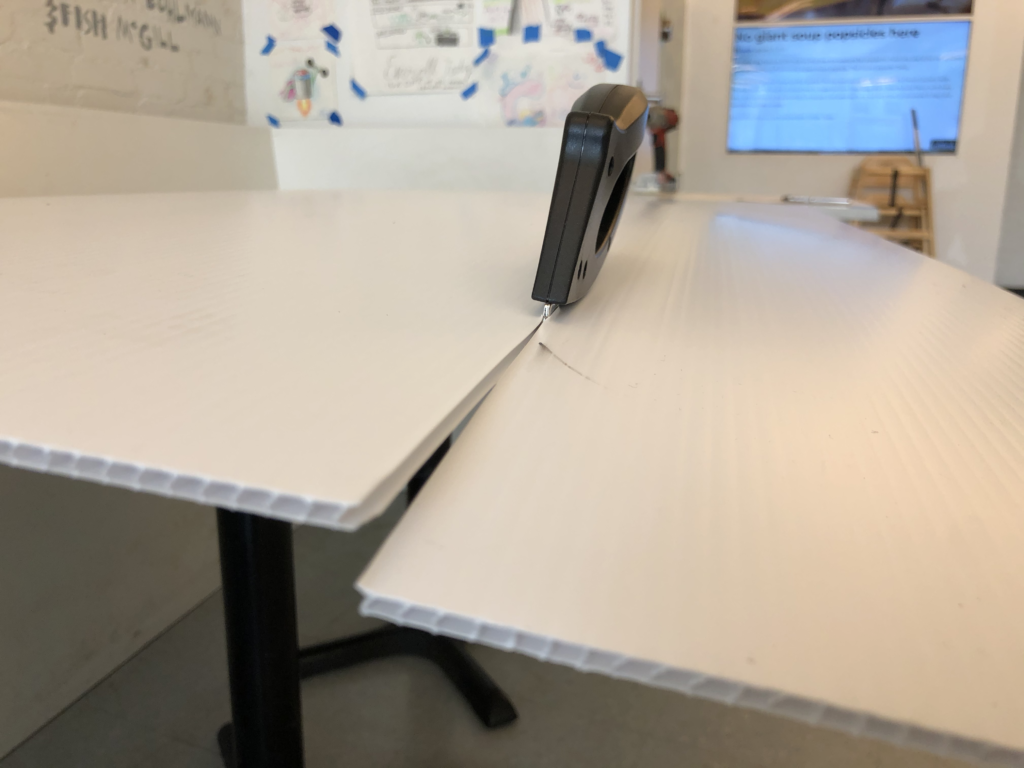
Home Depot sold a simple tool made to cut corrugated plastic. It was cheap, maybe $10. The sheets of plastic come in 4’x8′. I chose white because this is Clover.
For the cuts that were perpendicular to the corrugated channels I used a T that was sold for use in cutting Drywall. I had one but they aren’t expensive and help you get a nice straight line.
Step 2: Use zip-ties to attach the plastic
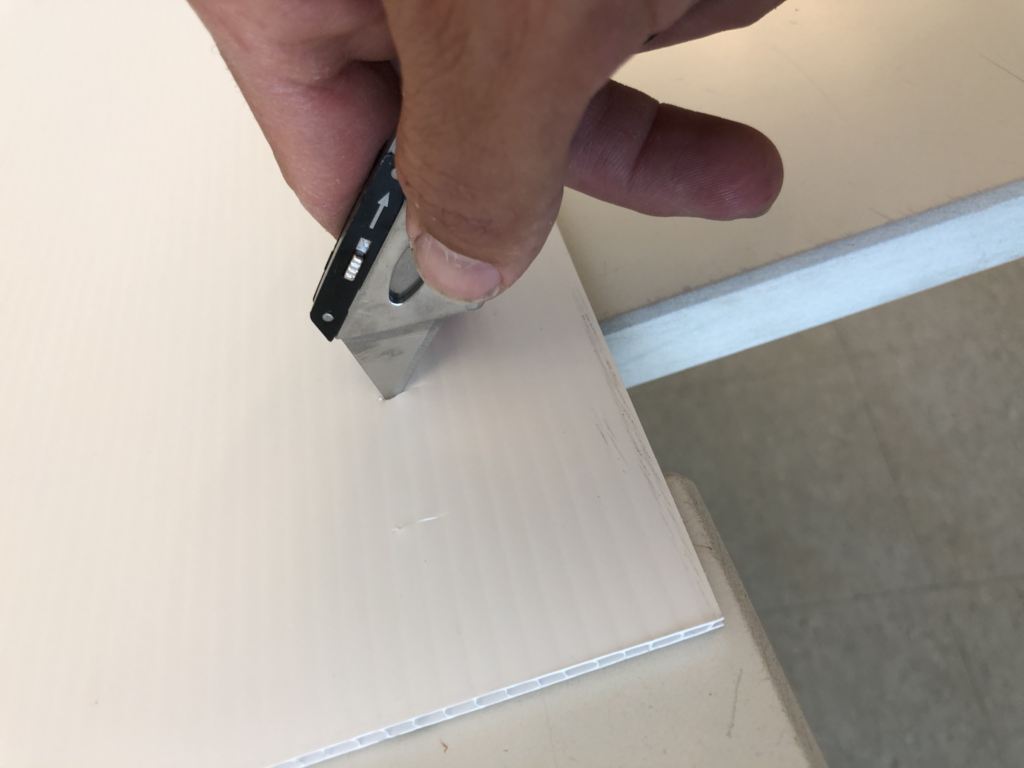
I used a simple utility knife to cut slits in the Passaic where I wanted to pass a zip tie.

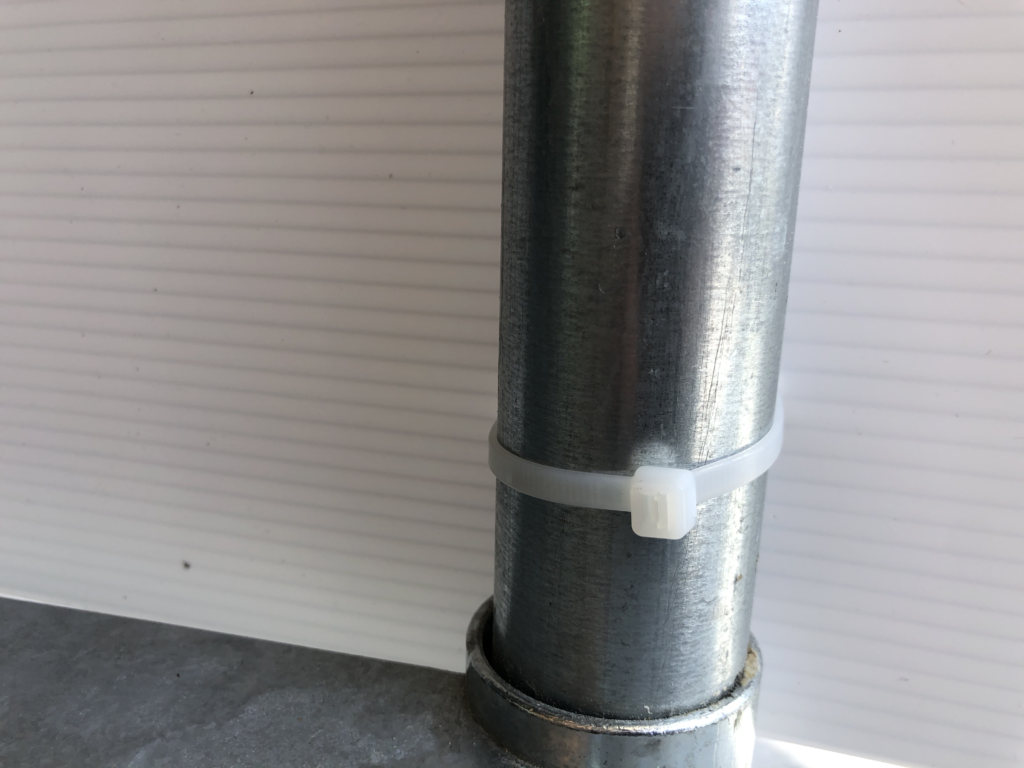
The zip-tie goes through the holes and then attaches on the other side. The look is simple and clean. Tip: if your zip ties are too short you can connect one to a second to make a double long zip tie.
Final result:
Relatively cheap (super important for restauranteurs right now). Very little work required (also important). And it’s cleanable, sanitary, and pretty sharp looking:
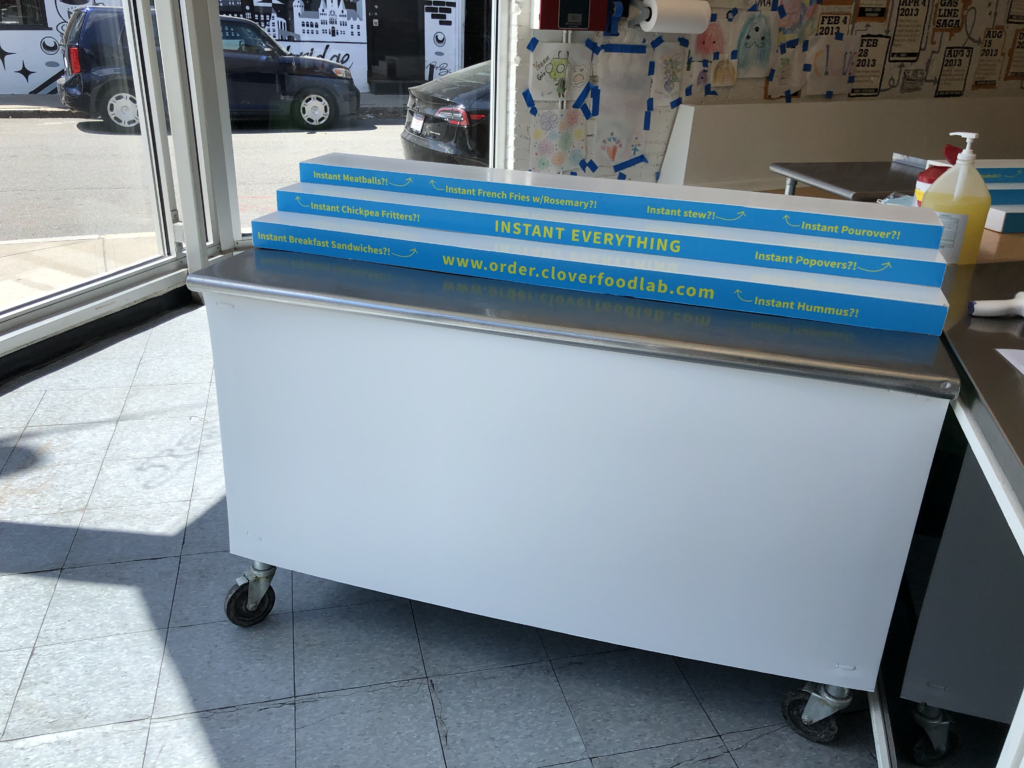
Here is a picture of the entire set-up including the plexiglass:
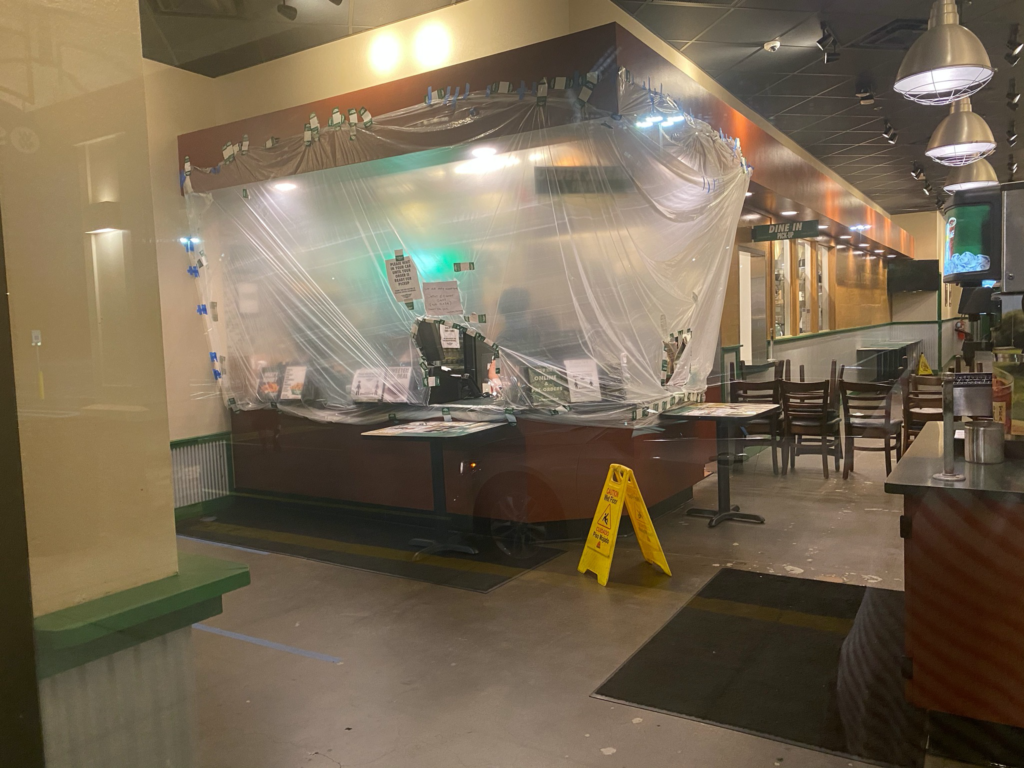
That image above is NOT a Clover restaurant. It’s a funny pic from a Wingstop that an employee shared with me.
Here’s the Clover final set-up:
